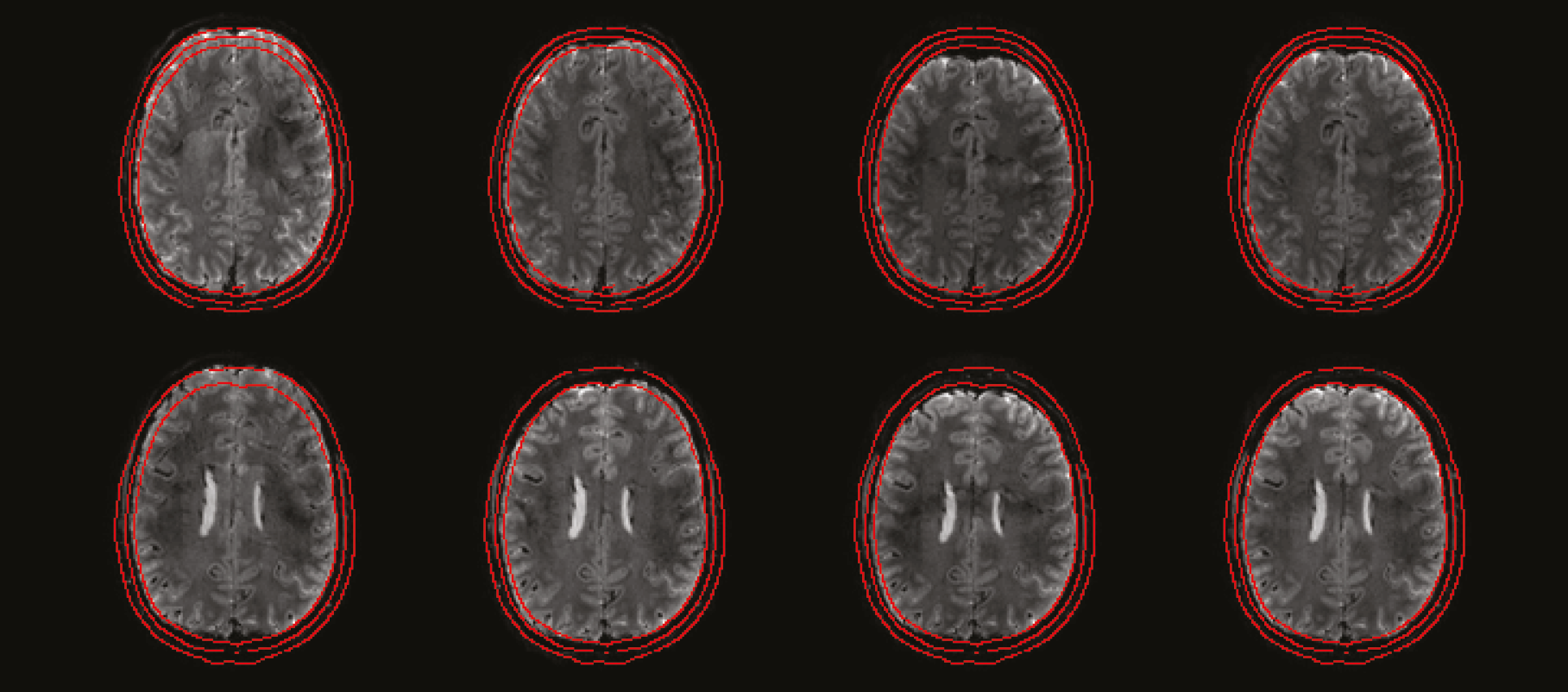Pre-emphasis enhances gradient and shim field fidelity
Performing a system characterization
The fidelity of gradient and shim fields is enhanced by applying pre-emphasis based on detailed and accurate knowledge of the gradient and shim response behavior.
To enable effective encoding in MRI, the encoding fields must be applied strictly considering time and space. Linear gradient fields are used to encode spatial information, and higher-order shim fields to homogenize the static background field. Gradients are operated dynamically during MR sequences as a standard, whereas the dynamic operation of higher-order shims is a more recent development to improve field homogeneity. Both require highly accurate dynamic performance for optimal outcome. However, a variety of mechanisms such as coil interactions, eddy currents and mechanical vibrations compromise the response characteristics of gradient and shim systems, which can cause artifacts in imaging and spectroscopy applications and preclude usage of dynamic shimming. To reduce the field-response imperfections, gradient and shim pre-emphasis was applied by inversion of a broadband digital system model based on viewing gradient and shim chains as linear, time-invariant (LTI) systems. The Dynamic Field Camera™ was employed to perform a comprehensive system characterization and determine the response functions of the gradient and shim set-up.


Results
The response behavior and settling speeds were examined with the support of the Dynamic Field Camera with and without correction, to validate the pre-emphasis based on the LTI model inversion. The fidelity of the field dynamics were significantly enhanced and shim settling within approximately 1 ms was achieved for rapid shim updating. The enhanced shim performance led to an improvement in the geometric fidelity in single-shot echo-planar (EPI) acquisitions in vivo.
Conclusion
Imperfections of the gradient and shim fields can cause artifacts in imaging and spectroscopy applications. With accurate knowledge of gradient and shim response behavior, it is possible to determine a suitable pre-emphasis. By accurately measuring the gradient and shim dynamics, the Dynamic Field Camera provided the required input in a short time frame. Offering shim settling in the time scale of milliseconds, the presented pre-emphasis approach has proven to address complex temporal response characteristics effectively, enabling slice-wise shimming.
